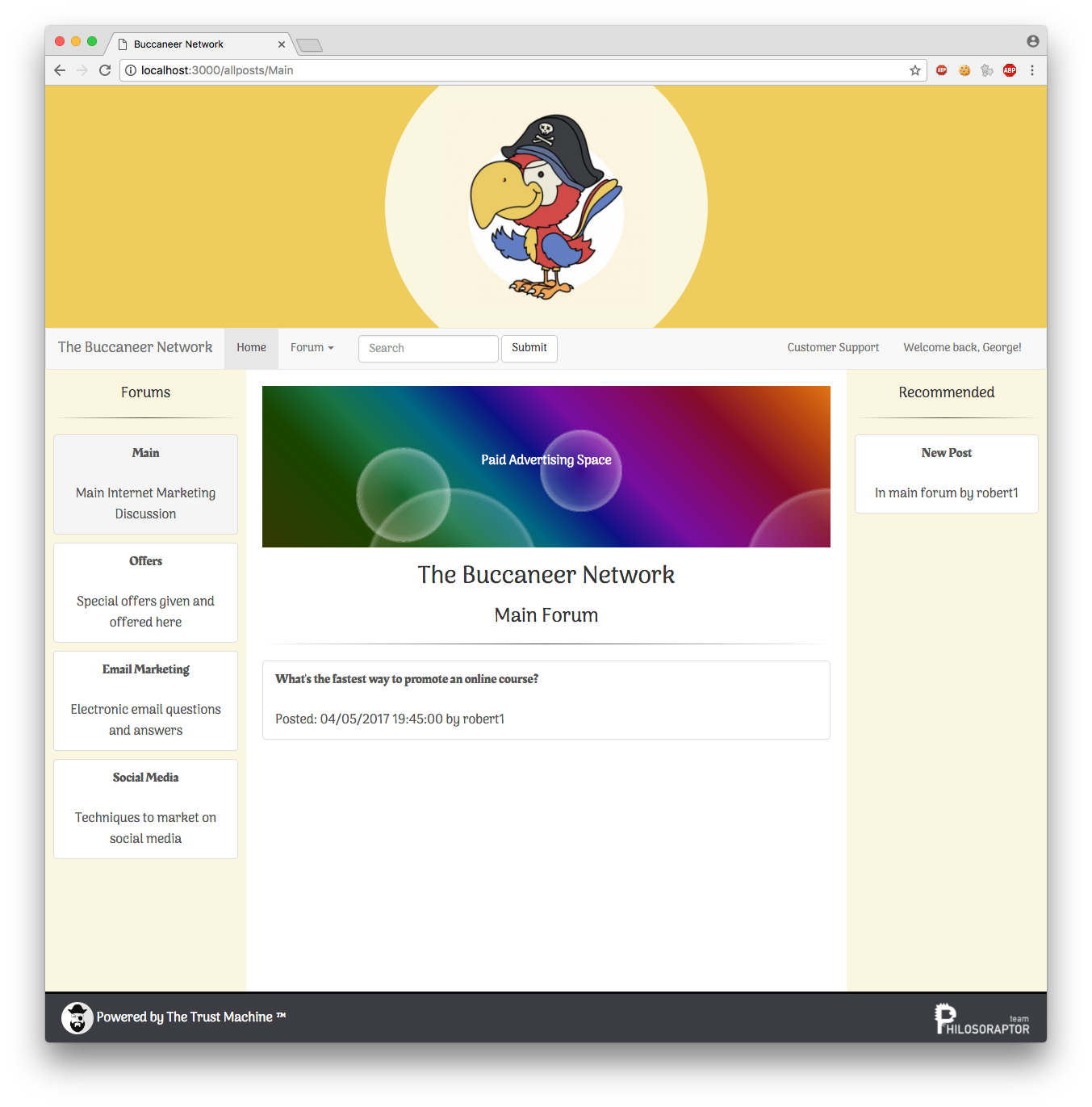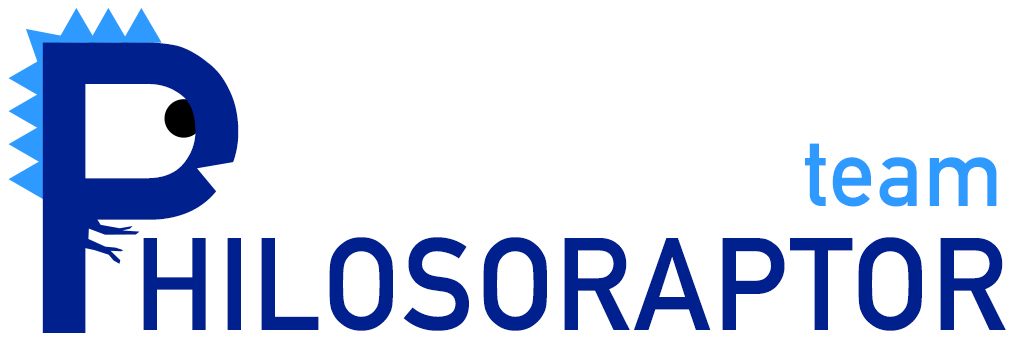We have a prototype!

This mock up is a very, very basic mock-up of what could be achieved if this project were to go ahead.
You can visit it here.

We have a prototype!

This mock up is a very, very basic mock-up of what could be achieved if this project were to go ahead.
You can visit it here.
Our tenth meeting contained discussion of wrapping up the blog in time for the deadline.
We had a brief informal meeting last week to catch up after the easter break.
Meeting 10: 3rd May
In this short video, I discuss some of the main requirements for an implementation technology, and also discuss three potential approaches to building the Buccaneer network.
Here are some main pages draft design, aimed at better User Exprience.
As I was going back to China, the team mentioned about social networking used to maintain connection during the Easter Vacation. The first thing comes to our mind was using Facebook. However, when I told that Facebook was blocked in China, they were shocked. ‘Then what social networking platform you have?’ this question came next. Actually, not only Facebook, all the products related to Google are not accessible in China, instead, we get chatting software QQ, Wechat to contact with family members, friends and anyone we already know of or familiar with. We get Weibo to link to people we never meet but we interest in or interest in us. What’s more, BaiduTeiba is a good place for us to post our own opinion to the public and get response from every corner. As China has a large population cardinality, the social networking we use ‘internally’ work for enough users’ supporting. Continue reading
Considering the alternatives:
Easy access to near limitless data is one of the key features of the information age. Unfortunately, this superficial truth belies the complexities of freely obtained data. These may include the quality of the data, the direct applicability thereof, how recent it is, who is providing it or how it was obtained. There are numerous other considerations all of which may impact on a specific data use and whether or not any one consideration is of concern will be highly dependent on the situation being addressed. So for instance, a fashion blogger might make good use of data on the shopping habits of a hand full of celebrities. If however the same dataset was presented to the chief procurement officer of an budget clothing retailer, that information would be far from sufficient for planning the next season’s line-up. Continue reading
Further to my recent post on deriving who our target users are, in this blog post I have formulated this into a more ‘formal’ stakeholder analysis.
Later in the blog we will look at some Personas of the stakeholders we have identified. Personas are useful to give realistic, yet totally fictitious, representations to help get inside the mind of the person the system is being designed for. Continue reading
It’s important to make sure that we understand who our target audience are to make sure that we design a product that completely and exactly meet their needs. In this case our product is the Buccaneer social network, which will be free for all to use. Continue reading
In order to make development of the prototypes easier, we requested a virtual machine from the University which will act as our development web server. The prototypes will appear on the server.
How do I access it, I hear you cry?
You need to be inside the University VPN or actually using a computer inside the University network. Then, simply navigate to:
svm-gc5g13-buccaneer.ecs.soton.ac.uk
And as soon as a web page is available, this is where you will see it. The domain name isn’t pretty, but at the end of the day it’s there so we can easily share our prototypes!